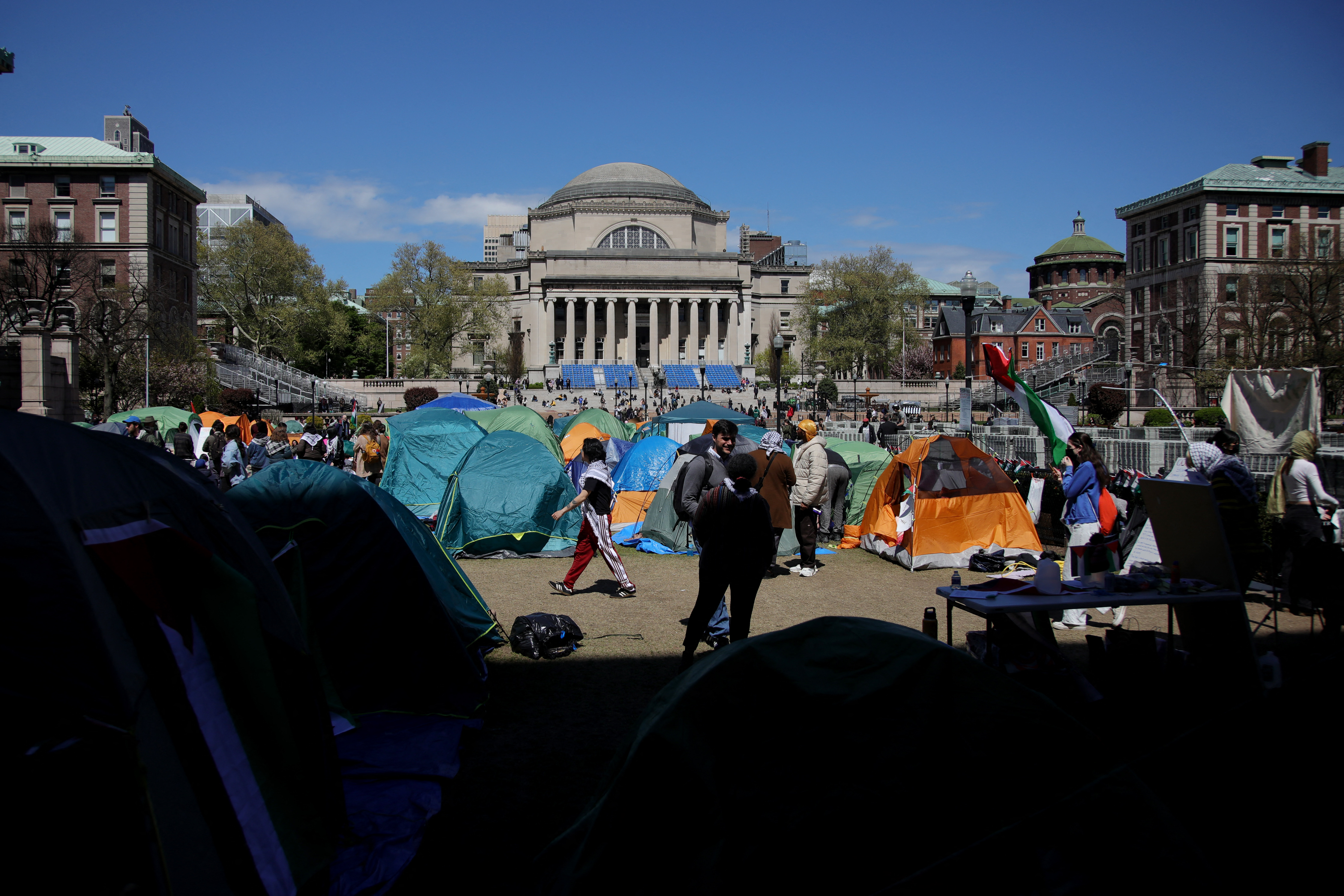Here's hoping Hurricane Irene is more like Bertha or even Gloria than Carol or "The Long Island Express."
Hurricane Irene may strike the East Coast with a devastating vengeance or she may veer mercifully east and out to sea, bringing wind and rain and a lot of sighs of relief. Predicting the hurricane's exact path up the coast is nearly impossible even for the best trained experts. For now, the forecasts are fairly dire.
Weather.com says Hurricane Irene has the potential to be the most powerful hurricane to hit the Northeast in "at least a couple of decades." Noted meteorologist Joe Bastardi says Hurricane Irene will be “the biggest hurricane since Gloria” for the Northeast. Accuweather.com's Alex Sosnowski says Irene's track is leaning to the west, and could bring 95 mph winds and major flooding to the Jersey Shore and Eastern Long Island.
If Hurricane Irene turns out to be a beast, she'll be in select company. Here's a look at some of the most powerful hurricanes and tropical storms ever to crash into the East Coast:
1821 - Often called the Cape May Hurricane, this Category 4 storm brought winds of 200 mph to New Jersey and was felt as far west as Philadelphia. The hurricane blasted New York City on Sept. 3, passing directly over the city and raising tides so high the East and Hudson rivers actually converged in Lower Manhattan as far north as Canal Street. There were few fatalities, but if such a storm struck in the much heavier poulated city of today, it could be catastrophic.
1938 - A fast-moving, Category 3 storm dubbed "The Long Island Express" killed more than 200 (some estimates are as high as 600) as its eye crossed Long Island and barreled into New England. Even though its eye was 75 miles east of New York City, the storm knocked out power above 59th Street in Manhattan and in all of the Bronx, and felled at least 100 trees in Central Park. In just six hours, it moved from North Carolina to New England before weakening.
1954 - Hurricane Carol brought 125-mph winds to Eastern Long Island and Southeastern Connecticut, making it one of the worst storms to ever hit New England. Developing in the Bahamas, it took a northwesterly track before suddenly veering northeast, making landfall on the morning of Aug. 31 near Old Saybrook, Connecticut. Montauk Highway was completely submerged, cutting off all of Eastern Long Island. In southeastern Connecticut, powerful winds destroyed thousands of buildings. Arriving just after high tide, Carol drove waters another 15 feet high, causing widespread flooding.
Local
Just one week later, Hurricane Edna, a Category 3 storm, followed a similar path up the East Coast. Fortunately, it was about 50 miles east of Carol's track and proved far less destructive.
1955 - The first "billion-dollar hurricane," Diane followed a lesser storm, Connie. With winds of 125 mph, it wreaked havoc from the Carolinas to New England and caused more than 200 deaths in Pennsylvania, New York and New Jersey.
1972 - Tropical Storm Agnes joined forces with a lesser storm system in the Northeast, flooding areas from North Carolina to New York, and causing 122 deaths and more than $6 billion dollars in damage in today's dollars.
1985 - Hurricane Gloria might be the best we can hope for when watching a massive storm bear down on the coast. Dubbed at one point "the Storm of the Century" and originating off the African coast on Sept. 15, 1985, it built into a category 4 near the Bahamas. It hit the Outer Banks first, then continued up the coastline, filling coastal residents with dread. It made a second landfall on Long Island, with winds up to 100 mph, and then a third in Connecticut. Although it caused more than $1 billion in damage, the Army Corps of Engineers has said Gloria could have been catastrophic if it arrived at high tide and its track was closer to New York City.
1991 - Hurricane Bob struck late in the season and was only a Category 2 when it hit New England, but nonetheless registered an estimated $1.5 billion in damage.
1999 - Hurricane Floyd brought sustained 60 mph winds and dumped 10-15 inches of rain on upstate New Jersey and New York State over a 24-hour period. Flash flooding forced hundreds of people to leave their homes in counties just outside the five boroughs. By some counts, Floyd ranks in the top five all-time for damages, at as much as $6 billion.
Selected Reading: weatherbell.com, irazoo.com, hurricaneville.com.



